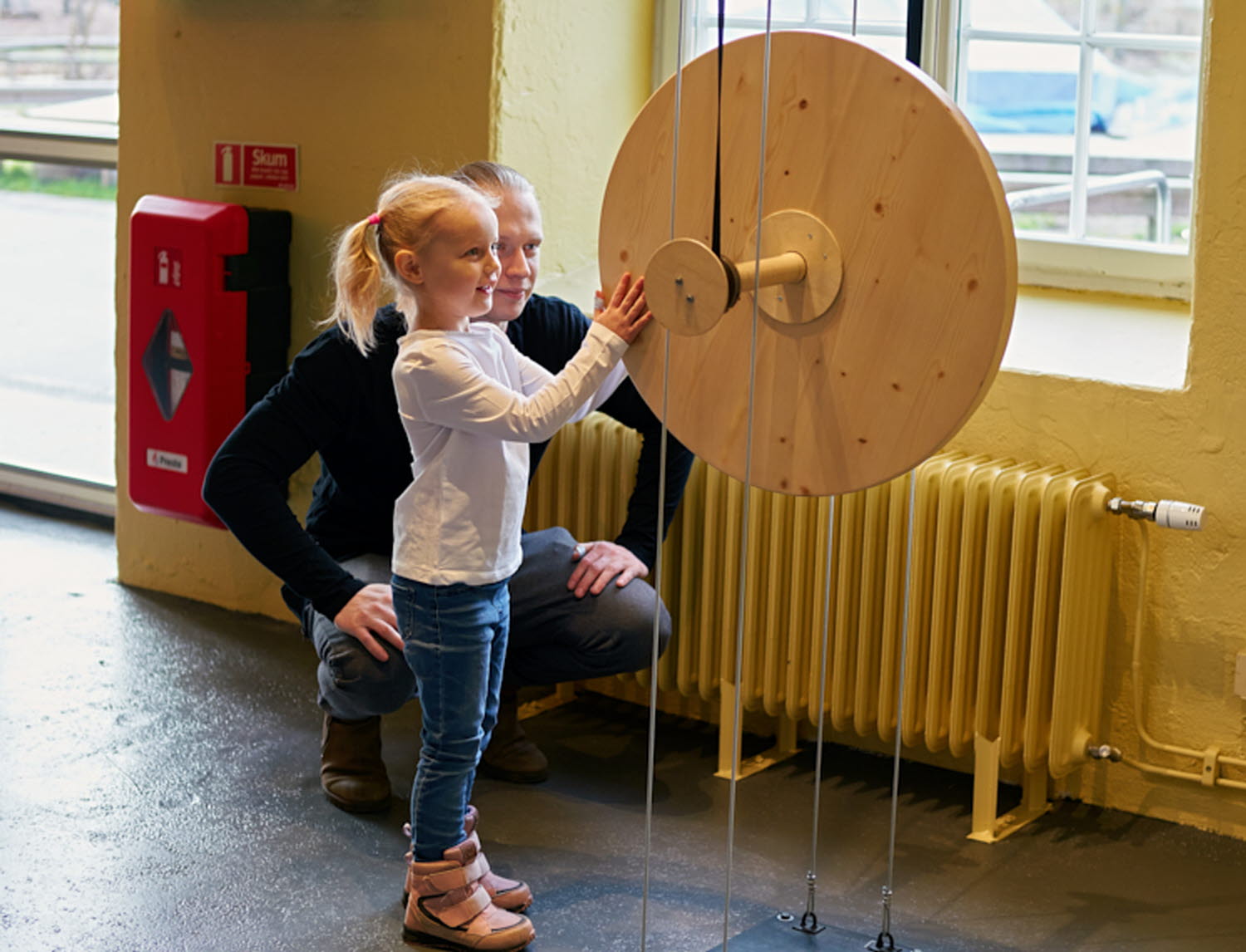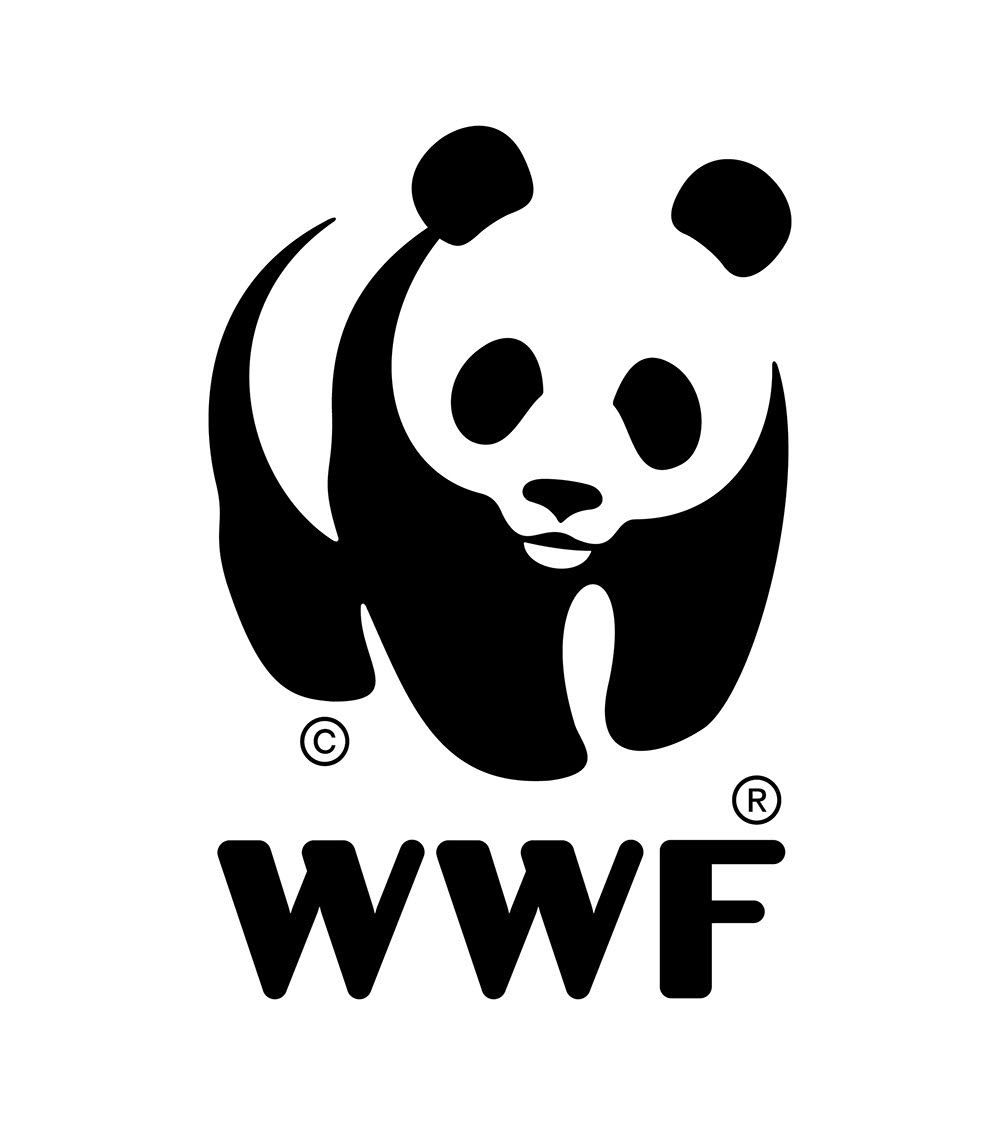
Yo-Yo Wheel
The yo-yo wheel works almost in the same way as a yo-yo. On a yo-yo, the string is in the middle and is attached to a ball bearing or a transaxle. The yo-yo wheel is different in that it has two belts that are attached to a fixed axle.
The wheel is supplied with energy when you wind it upwards. When the wheel has been wound up as high as you want it, it holds potential energy. This potential energy is converted into kinetic energy when the wheel is released.
When the belts have been fully unwound, the wheel stops and a small jerk occurs in the belts. The jerk causes the wheel to change direction. The friction between the belts and the axle increases. This causes the belts to start winding around the axle again.
Every time the wheel is wound up, it rises slightly less high and eventually comes to a stop. This is because some of the energy is converted into a different type of energy than kinetic energy. This is known as energy loss. Energy losses occur when energy is converted into a form of energy that isn’t needed, usually heat. An example is when a machine or device gives off heat after being in operation for a while. The machine is working correctly and you can feel the heat from the car engine or the screen, but the heat in itself serves no purpose.
In machines and devices that need energy in the form of, for instance, electricity or fuel, energy losses are a waste of the Earth’s resources. The world aims to double the rate of improvement in energy efficiency by 2030.








